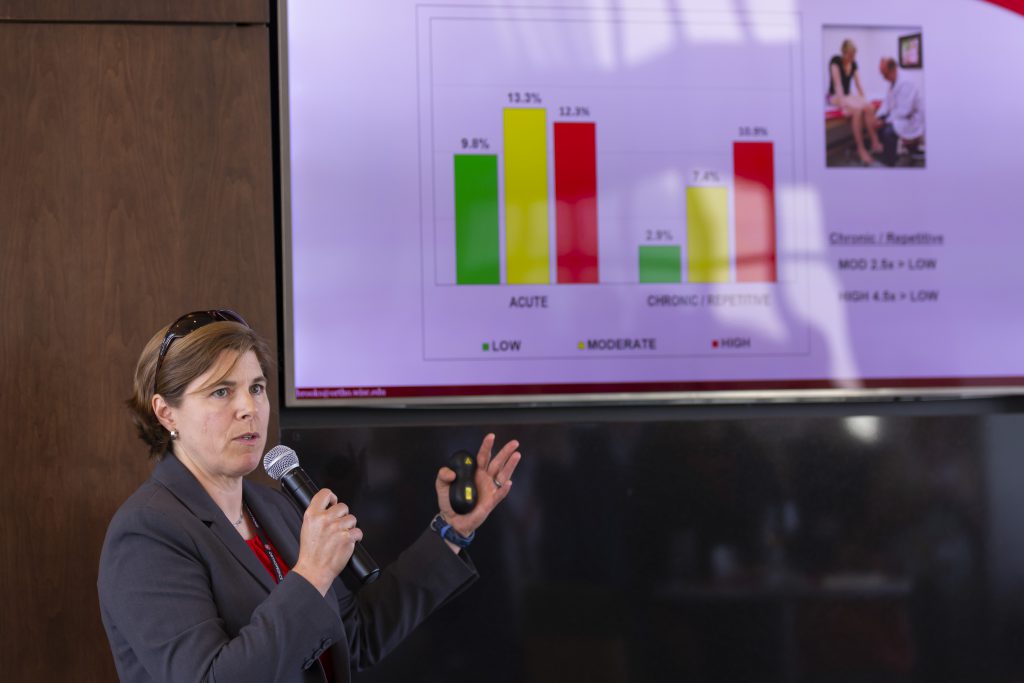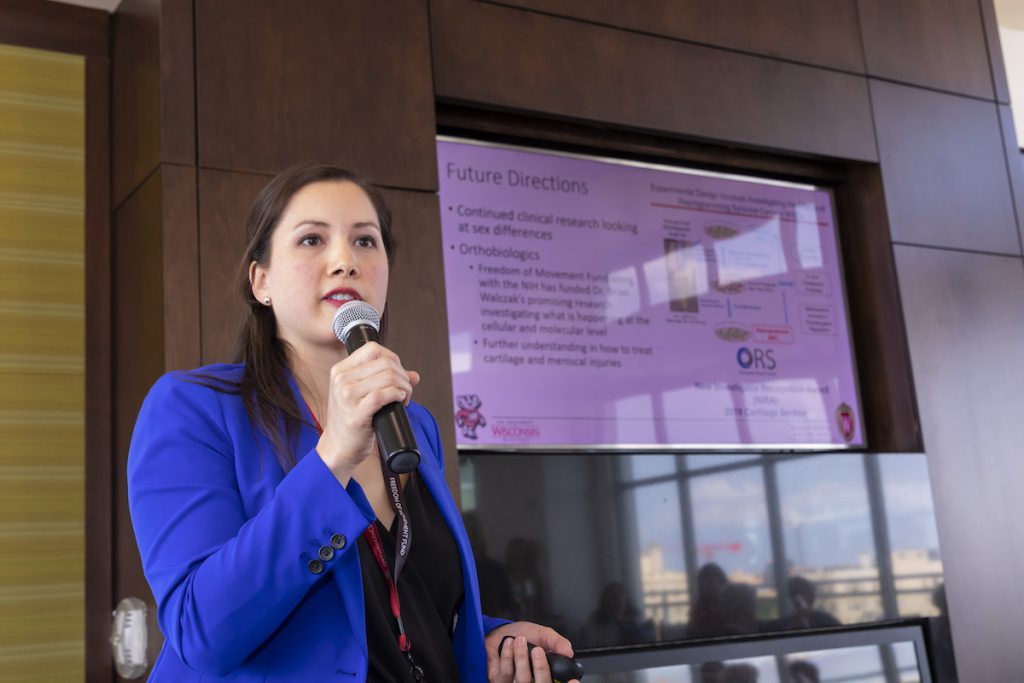Contact: Gian Galassi
July 22, 2019
608-263-5561
ggalassi@uwhealth.org
MADISON–The rate of sport-related concussions during high school football practice in Wisconsin decreased by 57 percent following a rule change limiting the amount and duration of full-contact activities during practice, according to a new study by researchers at the University of Wisconsin School of Medicine and Public Health (SMPH).
Published online in The American Journal of Sports Medicine, the study examines whether new rules passed by the Wisconsin Interscholastic Athletic Association (WIAA) prior to the 2014 season reduced the rate of sport-related concussions (SRC) compared to the previous two seasons. The rules prohibit full contact activities during the first week of pre-season practice and limit full contact to 75 minutes in week two and 60 minutes per week (excluding games) in week three and beyond. “Full contact” is defined as full speed with contact where collisions do not have a predetermined winner. The rules were the first in the nation designed and implemented to reduce the incidence of SRCs during high school football practice.
“Our analysis shows that targeted rule changes can have a beneficial effect on lowering the risk for concussions,” says Tim McGuine, distinguished scientist in the department of orthopedics and rehabilitation at UW SMPH. “It’s imperative that we identify strategies that keep our student athletes safe while still maintaining the integrity of the game, and this particular measure appears to do both.”
A total of 2,081 high school football athletes enrolled and participated in the study in 2012-13 (before the rule change) and 945 players participated in the study in 2014 (after the rule change). Players self-reported previous concussion and demographic information and athletic trainers recorded athletic exposures (AEs), concussion incidence, and days lost to for each SRC. An athletic exposure during practice was classified as being full contact (full speed with contact), drill contact (full speed until contact, with contact being above the waist and players don’t get taken to the ground) or no contact (no full or drill contact). Researchers found there were 15 SRCs per 1,000 athletic exposures during practice in 2014 compared to 86 per 1,000 athletic exposures during the previous two years.
Opponents of the new rules argued that limiting contact during practice would lead to poor technique, ultimately increasing the risk of injury during competition. However, the data did not support that argument, with the rate of concussions in games during the 2014 season remaining the same as it was prior to the rule change.




